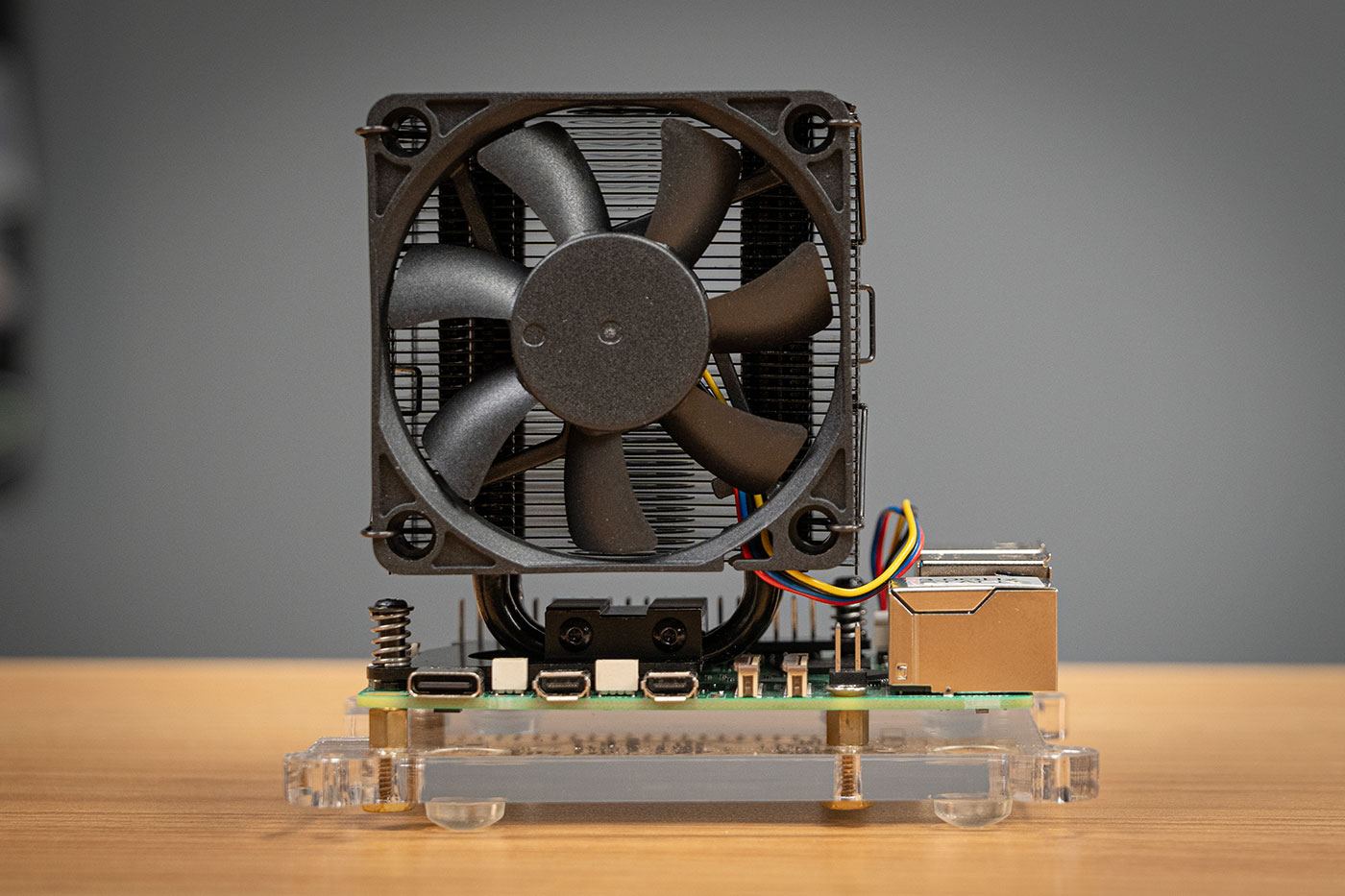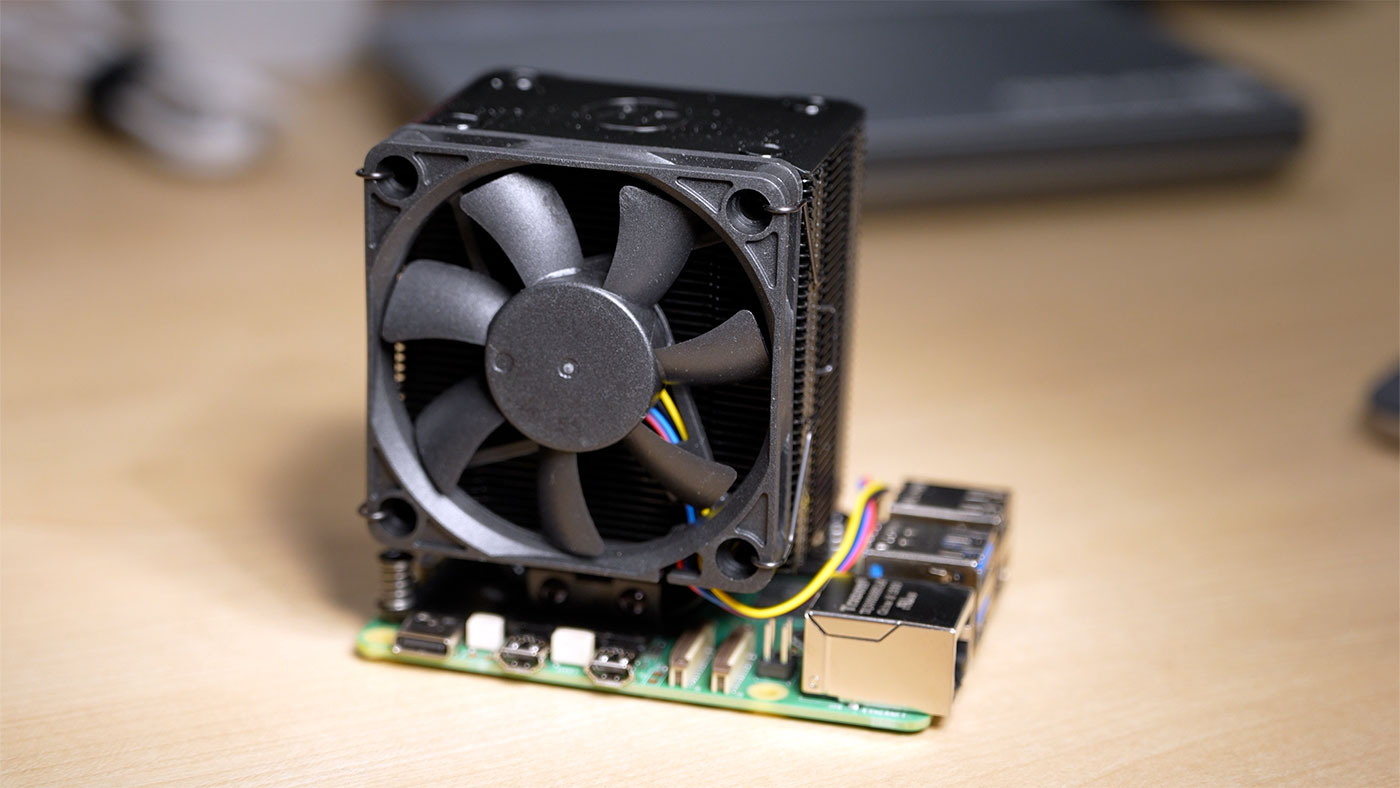Build log: Macintosh PowerBook 3400c

This blog post will serve as my long-term build log for the Macintosh PowerBook 3400c I started restoring in the video Retro Computing Enthusiasts are Masochists in early 2024. See also: Build log: Power Mac G4 MDD.
The fastest laptop period
It's 1997. Apple just re-acquired Steve Jobs, but he hasn't been around long enough to materially impact the next few months of product launches.
Gil Amelio, seeing a gap in Apple's laptop offerings, decides to throw the kitchen sink at the market, in the form of the PowerBook 3400c. It works.
This laptop was the platform for the first G3 laptop, the short-lived 'Kanga', which used almost an identical design as a stopgap for Apple to later introduce the iconic Wallstreet G3.

 (Some Raspberry Pi 5s were harmed in the making of this blog post.)
(Some Raspberry Pi 5s were harmed in the making of this blog post.)